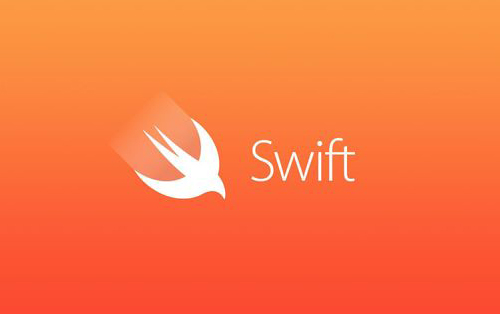Open Source Swift: The First 6 Months
There was so much excited buzz about Swift, Apple’s programming language, going open source. Six months in, on the verge of the 3.0 update, how is Swift faring? Let’s take a quick look at how things have changed in the first 6 months since the Swift language became accessible to everyone. No Really, Everyone. For […]
Industry Trends
Technologies

There was so much excited buzz about Swift, Apple’s programming language, going open source. Six months in, on the verge of the 3.0 update, how is Swift faring? Let’s take a quick look at how things have changed in the first 6 months since the Swift language became accessible to everyone.
No Really, Everyone.
For starters, it’s gaining a larger user pool. An unofficial port now allows Swift to be used in Windows 10, and there are rumblings that Google will adopt Swift language for Android as well. Facebook and Uber may not be far behind. IBM has thrown its weight behind the new programming language, and created a cloud-based Swift developer space called the Sandbox.
Swift’s Coming to the Server Side.
Then, there’s the fascinating story of PerfectlySoft, a Canadian company with a long history of working with the Apple programming language. PerfectlySoft worked extensively with the Lasso coding language, so they’re ahead of the game when it comes to Apple’s approach to languages. They’ve adapted Swift to use as server-side code, smoothing the way for a wide variety of business applications to communicate seamlessly with servers.
Swift’s Keeping It Simple.
So, why is Swift seeing such buy-in? Obviously there’s a lot of market share to be had, and a big part of this is because Swift is so intuitive to use. It’s designed to work smoothly with Apple developer tools, and is more modern in syntax and approach than Objective-C. Swift is accessible to newer coders, not the least because (to an extent) it’s self-teaching. It’s designed to correct for common issues by, for example, refusing to compile.
Further, Swift’s Playgrounds feature allows you to code on one side of your screen and see the results on the other. The ability to keep your eye on your programming this way is highly attractive, and the fact that Swift can do this at all is proof that it executes quickly.
Swift 3.0 is Coming.
The 3.0 update is expected to release in Fall 2016. It will definitely break some code, but it’s the last version update that will do so. It’s meant to function more smoothly with existing Objective-C code and across platforms, and it’s been cleaned up a bit, too. Some features have been weeded out as use of the language has helped to refine what is useful and what isn’t. But don’t worry. The open-source nature of Swift means a thorough vetting process. For example, the API guidelines have been made available for public review, and are being edited based on suggestions.
The bottom line is that the Swift language taking off. Youth coding camps are adopting it to prepare the next generation of coders, big platforms are reaching for it, and in general the outlook for this fledgling language is an optimistic one.




